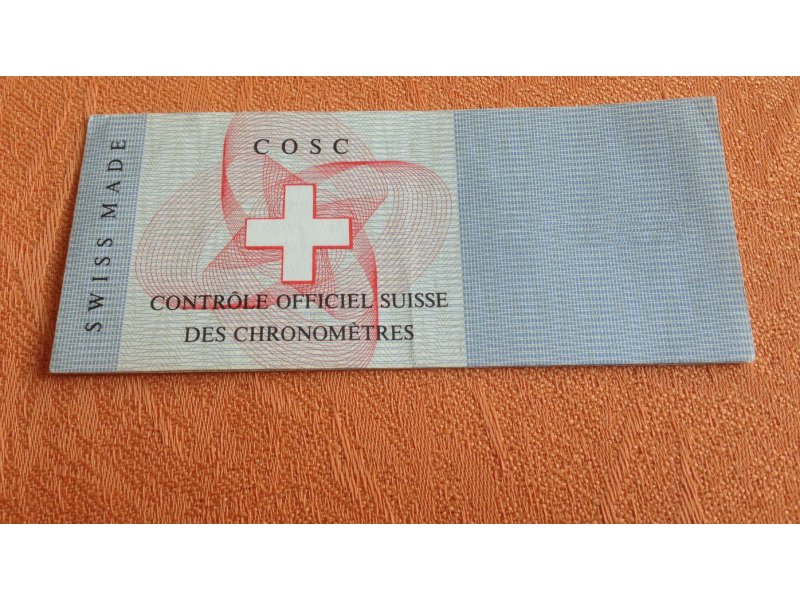
It’s received wisdom that a Swiss chronometer represents something of a pinnacle. A watch designed for precision, certified as such by an independent body, embodies a certain idea of what quality means in a watch. The label has long been the preserve of the brands in the very top drawer. High prices have reinforced this concept of a watch that is well made and precise, with other associated attributes such as reliability. But this reality has been turned on its head. These days, a chronometer doesn’t qualify as being especially precise, nor does it need to be particularly expensive.
The Swiss Official Chronometer Testing Institute (more commonly known by its French-language acronym, COSC) operates a quasi-monopoly on chronometer testing. Its few competitors, whether Swiss, German or French, deal with negligible volumes in comparison. In 2016, a total of 1.7 million movements, all exclusively made in Switzerland, passed through the hands of this non-profit institution led by a panel of representatives of watch brands, movement manufacturers and local authorities. In 2010 the volume was 1.28 million. Chronometer certification is thus increasingly popular. This tends to lend support to the idea that the label has genuine value for those watch brands that seek it, and that it means something to their clients.
Nevertheless, the criteria governing the certification have remained unchanged since 1974. A discrepancy of three minutes per month is the maximum tolerated. That’s enough to miss your train but also, to put it into context, it represents an error rate of just 0.007%. And given that it’s mechanical watches we’re dealing with, this is a very small discrepancy indeed. It is also possible to obtain certification for quartz movements, but the requirements are 85 times more stringent!
Back in 2010, three brands – Rolex, Omega and Breitling – accounted for 84% of certificates issued. The proportion remained virtually the same in 2015. However, it’s what happens off the podium that is fascinating. One base movement comes from the Swatch Group and three of its brands: Tissot, Mido and Longines. In 2010 this triad was virtually invisible, with just 26,800 certified movements, 95% of which were for Mido. By 2015, this number had grown to 119,500. Since then, Longines has launched a new range called Record, all of whose watches will be certified by the COSC. The quantities concerned are likely to reach five figures, and prices start at €1,860 for steel on leather. Tissot goes one better, offering an entry price of €490, with the great majority of watches under the symbolic €1,000 threshold. By way of comparison, Breitling’s chronometers start at over €3,000, Rolex and Omega in the region of €4,500.

Longines Record, 100% COSC © Longines
And there’s another thing. Beginning with its 2016 annual report, published at the beginning of June 2017, the COSC no longer provides details on the number of movements certified per brand. Up to now this has in fact been the only means of quantifying the output of some brands, notably the triumvirate mentioned earlier. Which also explains why the figures in this article come from 2015.
Such is the spirit of the times: the average prices of chronometers are falling, and entry level pricing is at rock-bottom. What formerly was a guarantee of quality with a price tag to match, has now become just another feature of watches that are being priced extremely aggressively. The explanation is simple: as they refine their production tools, movement manufacturers are able to produce an increasing number of calibres that fall within the COSC’s parameters. In the case of the Swatch Group, these efforts are focused on their base mechanical movements, whose precision is enhanced by formidably efficient industrial processes.
It actually costs around CHF 70 per movement to pass the COSC test. In addition, there is the time the movements spend out of circulation, the cost of sending them from the workshop to the control offices, insurance, labour and, of course, failure (the failure rate is around 4–5%). What this means is that, in some cases, the chronometer certification costs more than the movement itself. Consequently, the certification becomes proportionately more expensive, the more widespread it becomes; and the more widespread it becomes, the more important it is. Quite a paradox!



